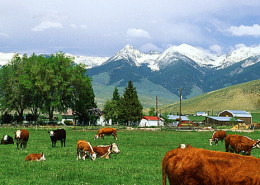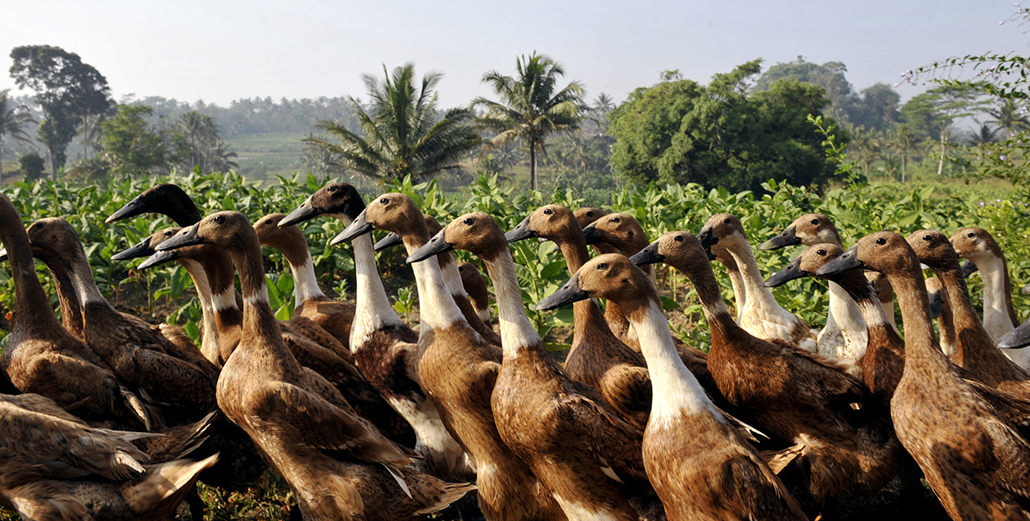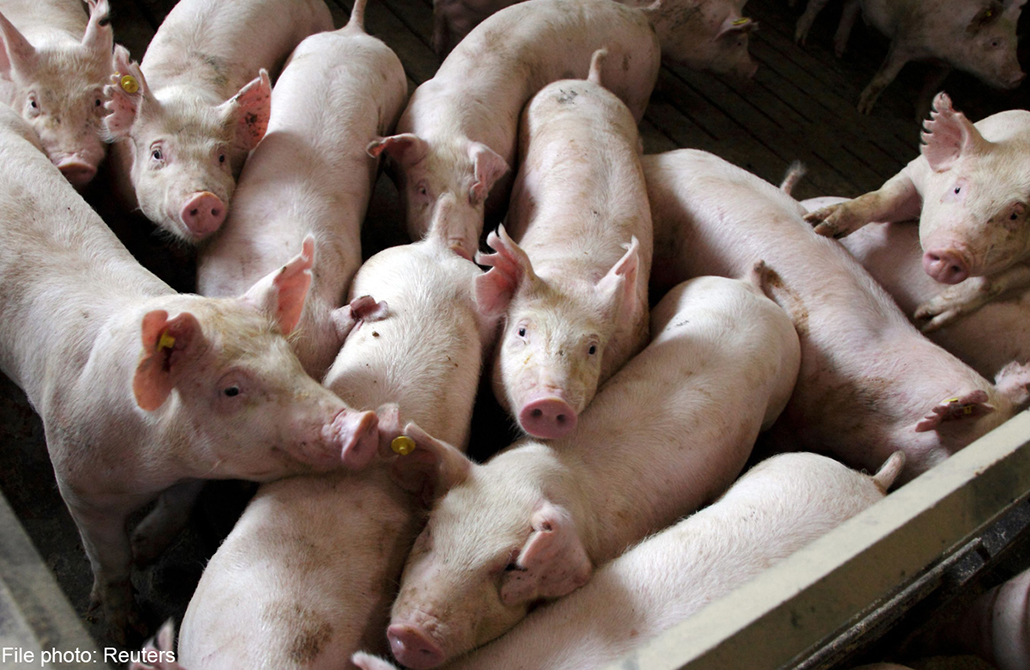Transforming the livestock sector through the Sustainable Development Goals
Place: Global • Dates: 2014-16 • Partner: FAO
Human progress has been dependent on the products and services of livestock since at least the advent of agriculture, and even the most modern post-industrial societies remain critically reliant on animals for food and nutrition security. As our understanding of economic development advances, so must our recognition of livestock’s perennial importance. Meanwhile, the UN 2030 Agenda for Sustainable Development (ASD) has become the universally endorsed framework accepted by all and applicable to all countries. Despite the expressed interest of leading livestock stakeholder groups to align their action plans towards the achievement of the 2030 ASD objectives, goals and targets, there remain major gaps in awareness, understanding, and consensus on how this could be done.
Livestock is especially vital to the economies of developing countries, where food insecurity is an endemic concern. The demand for livestock products is expected to continue to increase in the next 20 years, with a significant portion of production and consumption taking place in developing countries. This growth in demand presents significant opportunities for achieving economic, health, and poverty reduction benefits through the development of the livestock sector. However, such growth carries with it tremendous responsibility in safeguarding the earth’s resources and ecosystems, and ensuring development is inclusive, fostering gender equality and equitable growth.
To better support integration of livestock policy and practices with sustainable development strategy around the world, this report examines the many linkages between the livestock sector and development, as reflected in the United Nations 2030 Sustainable Development Goals (SDGs). In the following sections, we review the pervasive linkages that can be leveraged to facilitate more effective development policies through livestock promotion, as well as to make livestock policies more effective in fulfilling sustainability goals. This approach can support a new generation of policies that advance the SDGs to 2030.
To affirm and further advance the global agenda for sustainable development, we also present a set of livestock sector objectives and metrics to assess progress towards them. In particular, we define a Livestock Sustainable Development Goals (LSDG) corresponding to each of the more general SDGs promulgated by the United Nations to evoke their supporting role in achieving sustainable progress of global living standards. While the Livestock Sustainable Development Goals and indicators are of independent relevance to FAO and livestock policy generally, their conformity with the SDGs recognizes the usefulness of the latter in the international development dialogue and makes more explicit the integral contribution of livestock to improving livelihoods for the majority of the world’s poor who live in rural areas.
This report assesses such contributions to the global development and food security agenda, assembling and synthesizing local and national evidence to demonstrate the many ways in which the livestock sector can support individual livelihoods and global development. By more clearly identifying livestock’s many contributions, this document is foreseen can serve as a reference guide for supporting Member States and stakeholders in realizing the livestock sector’s potential to advance the 2030 Agenda for Sustainable Development.
Most Recent Entries

Low Carbon Biomass Conversion in the Sierra Nevada







